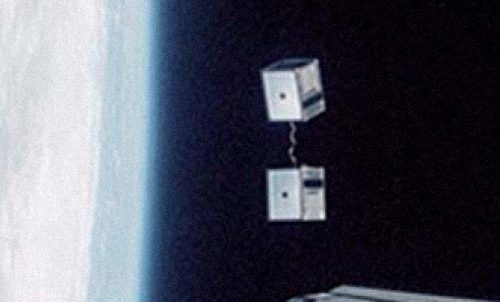Vermont Technical College (USA)
Arctic Sea Ice Buoy and CubeSat Projects

Under the direction of Professors Carl Brandon and Peter Chapin, students at Vermont Technical College are using AdaCore’s GNAT development environment along with Praxis’ SPARK tools on two NASA-sponsored programs with large software components.
For the first project, the students are designing and building both the hardware and software for an Arctic Sea Ice Buoy that measures wind speed, direction, temperature and GPS position. Data from the buoy are sent back to the home base via the Iridium satellite network. The students are producing the prototype buoy for the study of sea/ice interaction in the Arctic Ocean, and a follow-on grant will fund placement of between 10 and 20 buoys on the Arctic Ocean ice.
The second project is a continuation of work on CubeSat, a space satellite 10 cm in diameter with a mass of 1 kg. The CubeSat software is considerably more complex than that of the Sea Ice Buoy, but the two projects share a common software methodology and some of the code.
“Vermont Tech was one of the first colleges to sign up for the GNAT Academic Program, and we are pleased that AdaCore has taken the initiative in promoting the use of Ada in undergraduate curricula,” said Prof. Brandon. “The ocean and space projects require extremely high reliability: a bug in the deployed software is expensive to fix and may even cause damage to or loss of the equipment. Using the SPARK language with the GNAT compiler and tools has been an excellent experience for the students in how to build high-assurance software.”
Vermont Public Television’s Emerging Science “Out of this World” recently featured the CubeSat project. It is now online at: http://www.vpt.org/show/16403/401